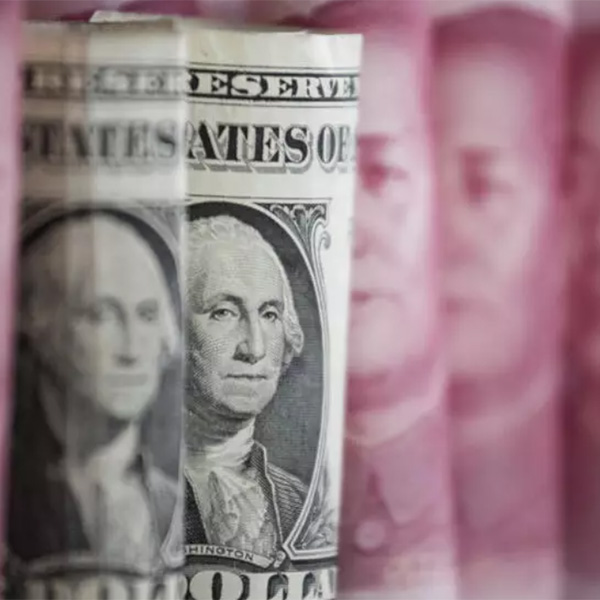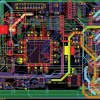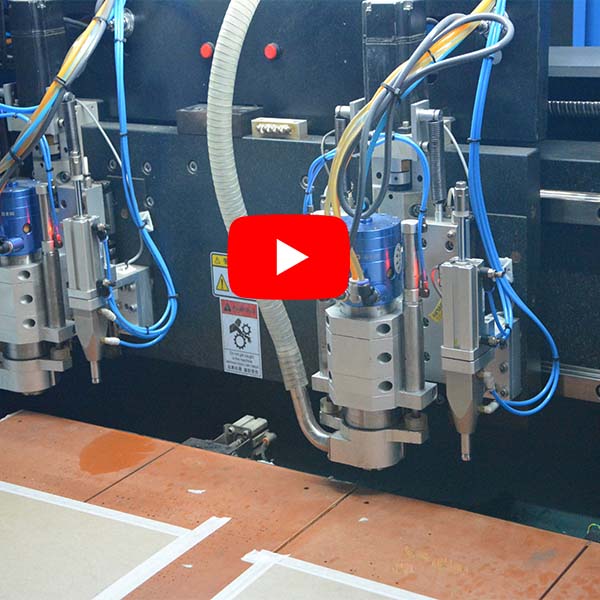The Impact of Tariffs on Chinese CNC PCB Drilling Machine Manufacturers
Apr 17, 2025
The Impact of Tariffs on Chinese CNC PCB Drilling Machine Manufacturers
As global economic integration continues to deepen, international trade plays an increasingly vital role in driving national economic growth. However, trade frictions and tariff barriers remain significant concerns—especially in high-tech manufacturing sectors. For Chinese CNC PCB drilling machine manufacturers, changes in tariff policies not only directly affect export costs and price competitiveness, but also indirectly influence strategic planning, technological innovation, and global market share.
I. Overview of the CNC PCB Drilling Machine Industry
CNC (Computer Numerical Control) PCB drilling machines are essential equipment in the printed circuit board (PCB) manufacturing process. These machines are responsible for drilling precise holes into PCB substrates to accommodate component placement and circuit connections. With the rapid growth of industries such as 5G, artificial intelligence, and new energy vehicles, demand for PCBs continues to rise, which in turn drives the expansion of the CNC drilling machine market.
China has become a major global hub for PCB production. As a result, the country’s CNC PCB drilling machine manufacturing capabilities have advanced rapidly, increasingly competing with international brands. Chinese manufacturers have gained a strong presence in global markets—especially in Asia, Europe, and the Americas—due to competitive pricing, reliable delivery timelines, and responsive after-sales service.
II. Direct Impact of Tariffs on CNC Drilling Machine Manufacturers
1. Rising Export Costs and Reduced Price Competitiveness
When importing countries impose high tariffs on Chinese CNC drilling machines, product prices in those markets inevitably rise. This undermines the price advantage that Chinese manufacturers traditionally enjoy. In price-sensitive regions such as Southeast Asia and South America, buyers may switch to locally made or alternative products from other countries to avoid higher costs.
2. Decreased Customer Confidence and Risk of Losing Orders
Tariffs increase the cost of procurement for distributors and end-users. To mitigate risks, customers may turn to alternative suppliers from countries not subject to trade restrictions. Furthermore, concerns about future policy changes can weaken buyer confidence, resulting in reduced reliance on Chinese vendors and potential loss of long-term business.
3. Supply Chain Cost Transmission and Profit Margin Pressure
Tariffs do not only affect finished goods exports. They can also influence the cost of imported raw materials and precision components required for manufacturing CNC machines. This ripple effect raises overall production costs. In a fiercely competitive market, it is often difficult to fully pass these increased costs onto customers, which erodes profit margins for manufacturers.

III. Indirect Impacts and Strategic Responses
1. Accelerating Technological Upgrades
To remain competitive under tariff pressure, Chinese CNC machine manufacturers must accelerate technological innovation. Only by developing core technologies with proprietary intellectual property can they gain more control in the global value chain. For example, machines with higher precision, efficiency, and smart automation are more likely to penetrate high-end markets and reduce dependence on low-cost competition.
2. Diversifying Global Market Footprint
To mitigate the risks associated with tariffs, Chinese companies should diversify their market portfolios. In addition to maintaining presence in the U.S. and EU markets, they should actively explore emerging markets such as those along the Belt and Road Initiative, Africa, and the Middle East. This “multi-market” approach helps reduce reliance on any single region and spreads geopolitical risks.
3. Establishing Overseas Facilities and Localized Service Centers
For capable companies, setting up overseas production bases or assembly centers in tariff-heavy regions can effectively avoid high import duties. Localizing manufacturing also shortens delivery times and enhances customer trust. Furthermore, establishing after-sales service centers improves customer satisfaction and strengthens the brand’s global image.
4. Flexible Export Strategies
Some companies respond by exporting CNC machines in disassembled kit form and reassembling them overseas—leveraging lower tariffs on parts versus complete machines. Others use third-party logistics and trading platforms in Southeast Asia to re-route shipments through countries with favorable trade agreements. Such creative logistics and supply chain strategies help reduce tariff-related costs.
IV. Policy Support and Recommendations
Government policies also play a crucial role in supporting manufacturers during times of trade tension:
-
Enhanced Export Tax Rebates: Increasing export tax rebates for high-end machinery can help offset the impact of tariffs and improve export competitiveness.
-
Financial Support for Exporters: Offering low-interest loans, credit guarantees, and trade insurance to exporters can ease financial pressures and encourage business continuity.
-
Free Trade Agreements (FTAs): Accelerating the negotiation and implementation of FTAs with more countries can secure zero-tariff access and create broader international trade channels for Chinese equipment.
-
Legal and Diplomatic Engagement: When faced with unfair tariffs or trade barriers, government intervention through legal channels or international negotiations is crucial to safeguard the legitimate rights of Chinese enterprises.
V. Conclusion
Tariff policies are complex and subject to constant change. For Chinese CNC PCB drilling machine manufacturers, these challenges also present opportunities to upgrade, innovate, and reposition themselves globally. By improving technical capabilities, optimizing market strategies, and enhancing international presence, Chinese manufacturers can remain resilient and even thrive amid uncertainty.
In today’s evolving trade environment, the key is adaptability. Those who proactively respond, invest in innovation, and seek global collaboration will not only overcome tariff-related obstacles but also achieve long-term sustainable growth.
Recent Posts

October 26, 2016
The Most Successful Engineering Contractor
May 12, 2025
China PCB Drilling Routing machine Development
May 06, 2025
PCB Design Process and Key Points






